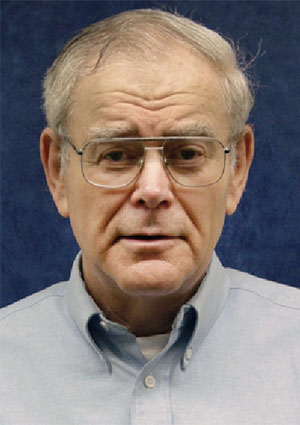Prof. Patrick Brady
(he/him/his)
Patrick Brady is the director of the CGCA. He is active in the Laser
Interferometer Gravitational-wave Observatory (LIGO)
Collaboration and Zwicky Transient Facility projects.

Assoc. Prof. Phil Chang
Phil Chang's research interests include supernovae, compact objects, disk dynamics, plasma astrophysics, and turbulent star formation. In general terms, he is interested in various aspects of theoretical astrophysics and cosmology.
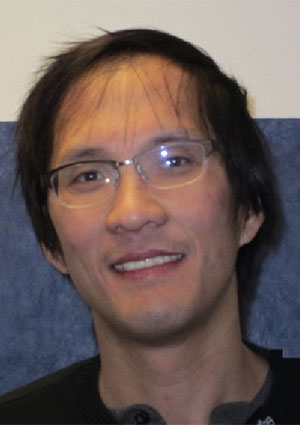
Prof. Jolien Creighton
Jolien Creighton is active in the Laser Interferometer Gravitational-wave Observatory (LIGO) Collaboration. He is one of the authors of the book Gravitational-Wave Physics and Astronomy.
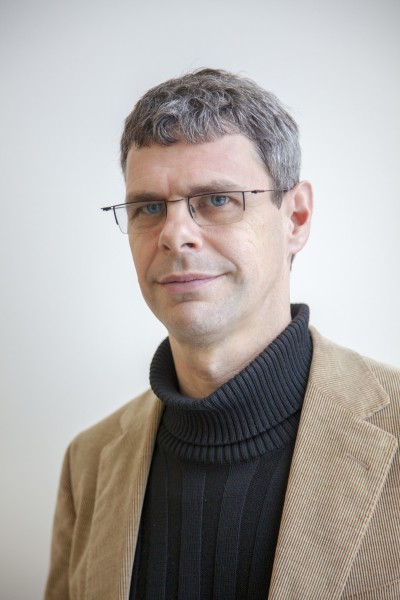
Prof. Dawn Erb
(she/her/hers)
Dawn Erb studies
the formation and evolution of galaxies in the early
universe with large optical and infrared telescopes, with particular focus on low mass, low metallicity
galaxies and the early stages of galaxy evolution. She
conducts observations of the kinematics, chemical evolution
and stellar populations of galaxies at high redshift, and of
interactions between galaxies and their surrounding gas.
She also leads the Milwaukee Urban Observatory.
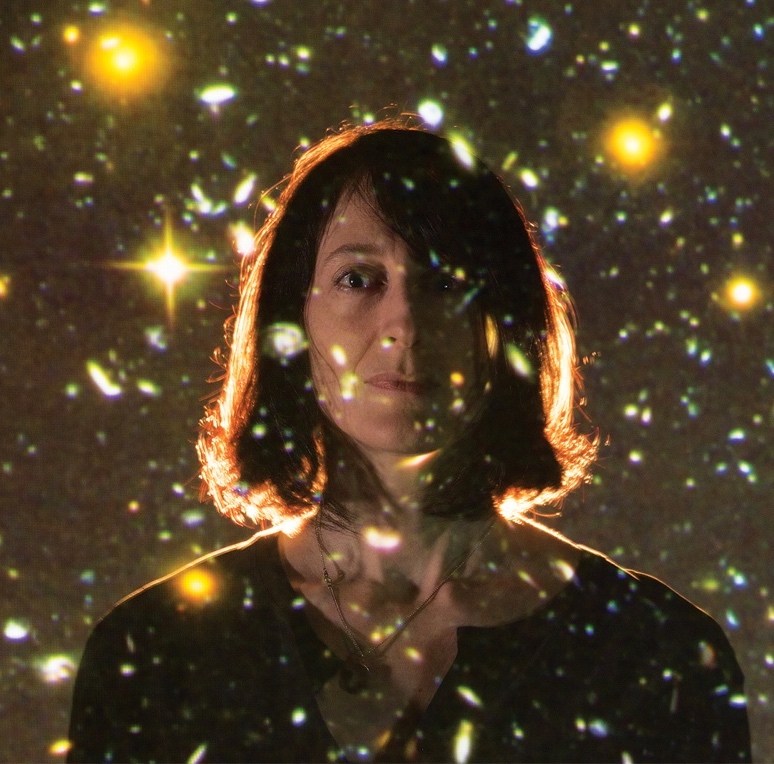
Prof. David Kaplan
(he/him/his)
David
Kaplan's
research concerns multi-wavelength (radio, infrared,
optical, X-ray) observations of a variety of types of
compact objects: neutron stars, white dwarfs, and black
holes. He is working on detecting radio transients with the Murchison
Widefield Array and the Australian Square Kilometre Array Pathfinder, along with gravitational wave transients and new binaries with the Zwicky Transient
Facility. He is a member of NANOGrav and the Green Bank North Celestial Cap pulsar survey.

Prof. Lia Medeiros
(she/her/hers)
Lia
Medeiros is
broadly interested in black holes, including accretion onto black holes (primarily through the development and analysis of simulations),
testing fundamental physics with astrophysical black holes, and developing new machine-learning algorithms for data analysis and modeling.
She is a member of the Event Horizon Telescope Collaboration, and some of her work is motivated by that project.
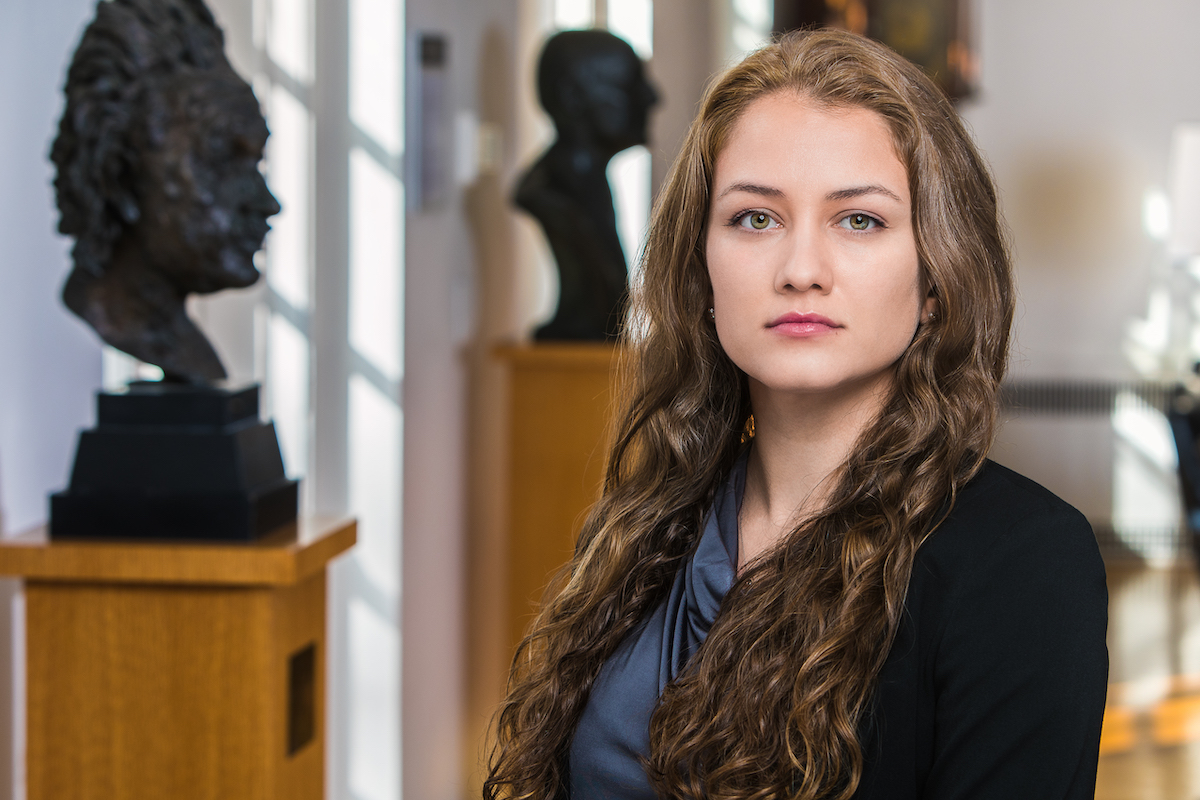
Assoc. Prof. Xavi Siemens (adjunct)
Xavi Siemens is active in the North American Nanohertz Observatory for Gravitational Waves and the Laser Interferometer Gravitational-wave Observatory (LIGO) Collaboration.

Asst. Prof. Sarah Vigeland
(she/her/hers)
Sarah Vigeland uses gravitational waves and electromagnetic observations to study compact objects, from white dwarfs and neutron stars to supermassive black holes. She is active in the North
American Nanohertz Observatory for Gravitational
Waves (NANOGrav).
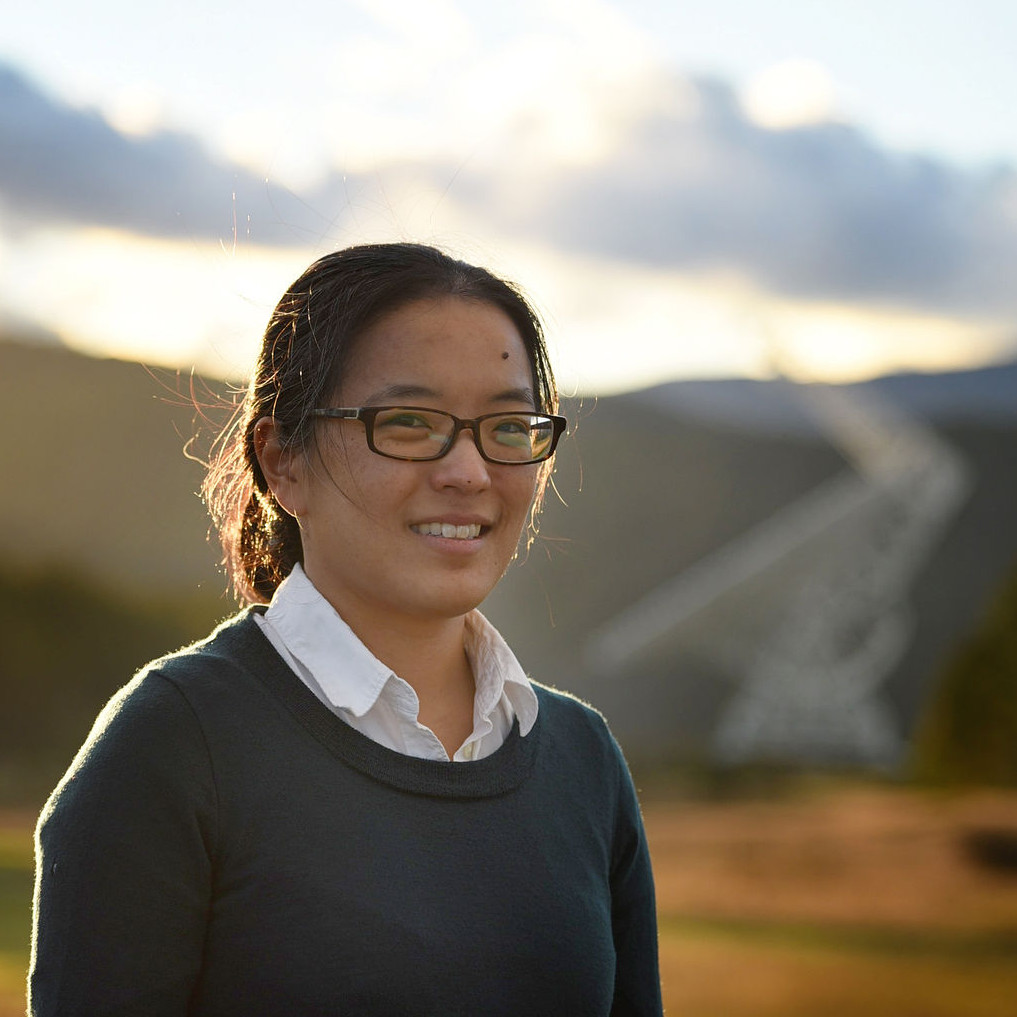
Assoc. Prof. Alan Wiseman
Alan Wiseman's research is in the area of general relativity and gravitation with a special emphasis in gravitational-wave generation and detection. He has published a number of papers involving computations of the expected gravitational-wave signals from inspiraling binary star systems using post-Newtonian theory. He also works in the area of black hole perturbation theory and the radiation reaction problem in curved space time. He is active in the Laser Interferometer Gravitational-wave Observatory (LIGO) Collaboration.
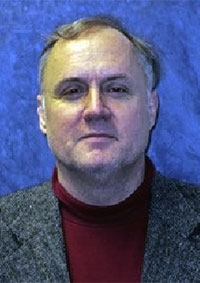
Emeritus Faculty
Distinguished Prof. John Friendman
John Friedman has worked on a broad range of problems in gravitational physics and relativistic astrophysics, involving neutron stars, black holes, gravitational waves from compact binaries, the topology of spacetime, and topological questions in quantum gravity.

Distinguished Prof. Leonard Parker
Leonard Parker is a founding member and former
director of the UWM Center For Gravitation And Cosmology.
He was first to show that quantum field theory implies particle creation in curved spacetimes. This process creates particles and amplifies small perturbations in an expanding universe. The observed features of the cosmic microwave background (CMB) radiation and of the large-scale structure of the present universe confirm that this particle creation process in an in inflationary universe was responsible for the CMB temperature anisotropies and for the clumping of matter that gave rise to galaxies and galactic clusters.
Parker was first (with S. A. Fulling) to develop the method of
adiabatic regularization in curved spacetime. He was also first to
calculate the perturbations of the spectra of one-electron atoms in
arbitrary gravitational fields in terms of the Riemann tensor.
He is one of the authors of the book
Quantum Field Theory in Curved Spacetime.
